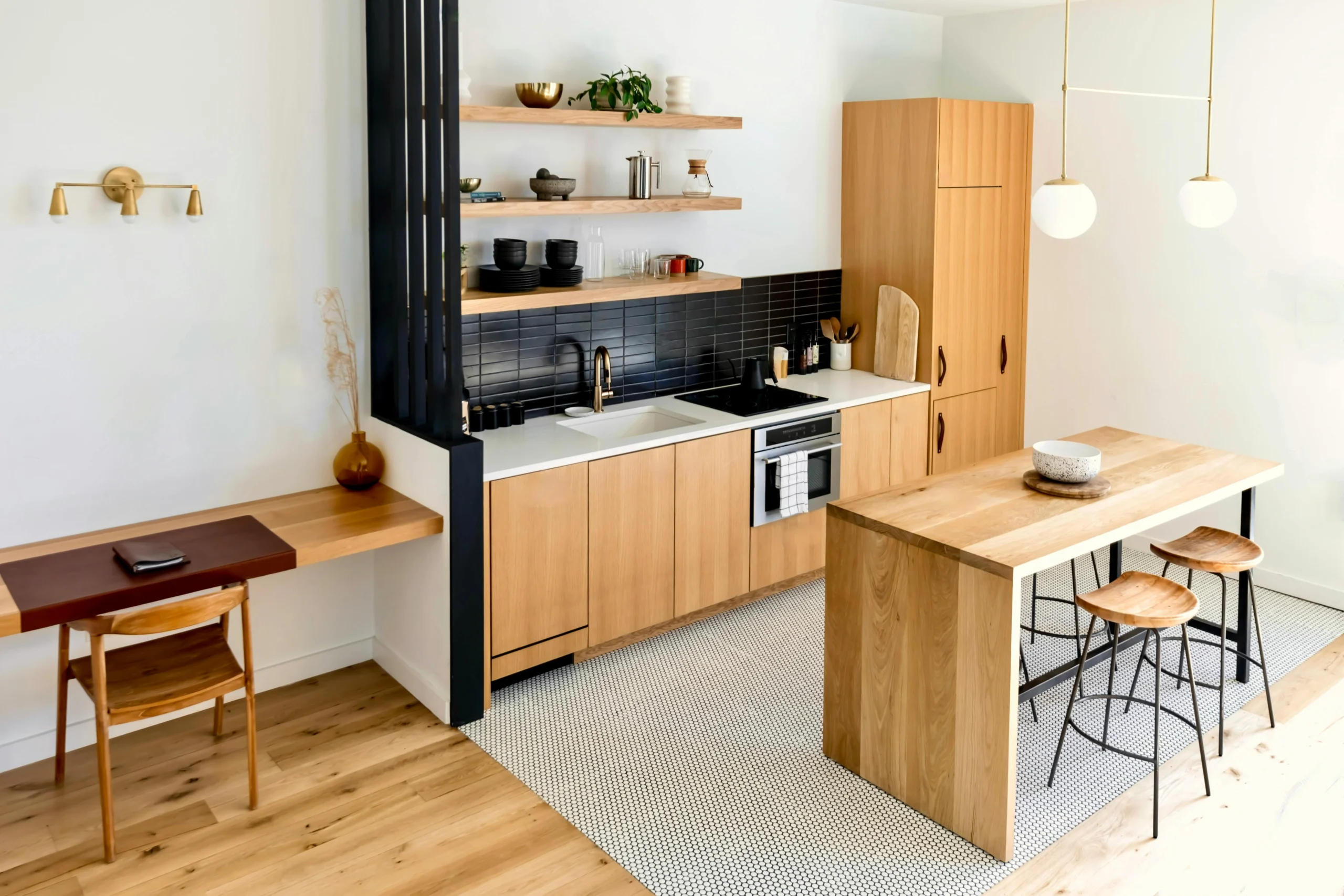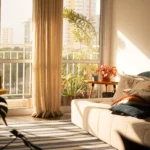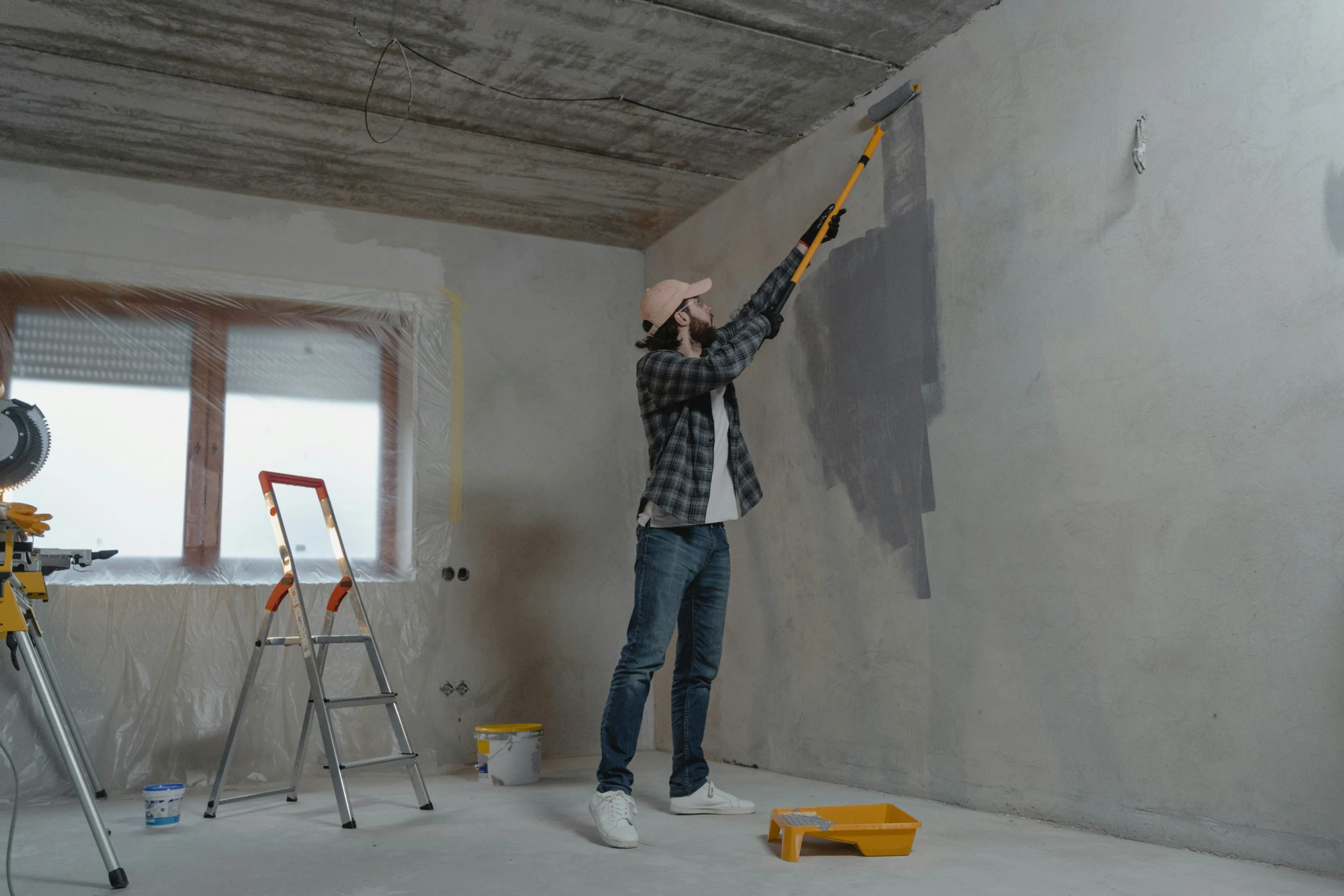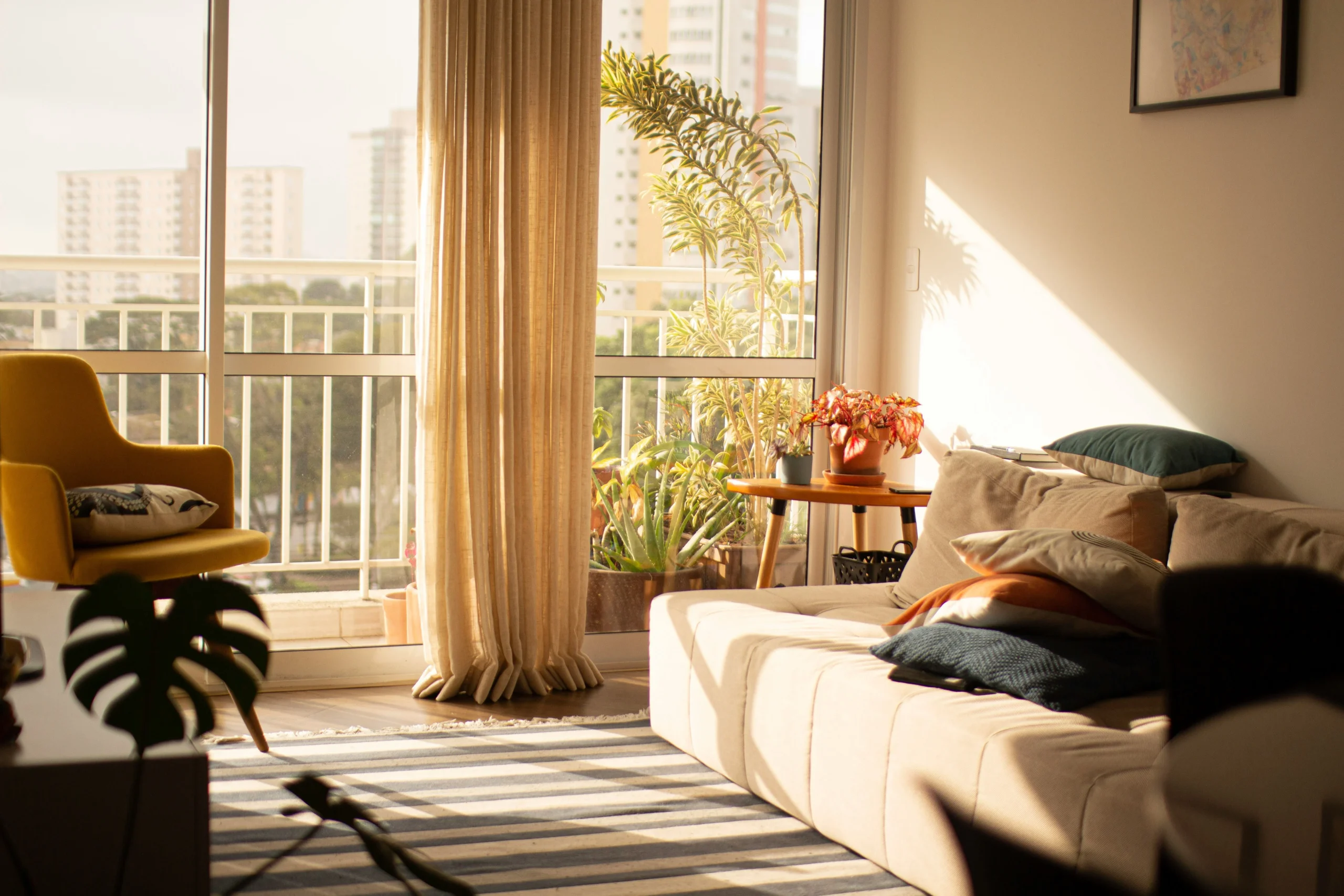The Art of Making Room Without Moving Walls
There’s something incredibly charming about small spaces. They’re intimate, efficient, and force us to be intentional with every square meter. But let’s be honest—living in a compact apartment or studio can also feel limiting if it’s not laid out thoughtfully. The key isn’t in having more space; it’s in knowing how to use what you have better.
As an interior designer, I’ve always believed that small spaces don’t have to mean small living. In fact, they offer an opportunity to rethink our relationship with our surroundings. It starts with one simple principle: space isn’t just physical—it’s visual, emotional, and functional. When you embrace that idea, everything changes.
One of the most transformative decisions in a small home is how you arrange your belongings. And it begins with asking the hard questions: Do I really need this? Does this item have a home? Does it bring me peace or stress? The goal isn’t minimalism in the sterile sense, but clarity. When every object has a place—and a purpose—the entire energy of the room shifts. Storage solutions should disappear into the design. Think beds with drawers, benches that lift open, coffee tables that double as bins for books and blankets. These aren’t just hacks; they’re part of a new design philosophy where style and smartness coexist.
But layout matters just as much as storage. Often, people try to push all their furniture up against the walls to “open up” the room. Ironically, this can make the space feel more boxed in. Don’t be afraid to float a small sofa or desk slightly away from the wall if it creates a better flow. Define zones, even in tiny rooms—a reading corner by a window, a workspace under a loft bed, or a slim console behind a couch that separates the living from the sleeping area. The best small spaces have a sense of rhythm, not just efficiency.
Then there’s the question of visual clutter, the silent enemy of small homes. You may have plenty of storage, but if your surfaces are always crowded—piles of paper, chargers, keys, knick-knacks—it starts to feel like the walls are closing in. The solution isn’t to strip your personality away, but to be deliberate. Group items in trays, tuck cords out of sight, and rotate your decorative pieces seasonally instead of displaying everything all at once. Negative space isn’t empty; it’s calming.
Color and light play subtle but powerful roles, too. A pale, cohesive color palette instantly opens up a room, but that doesn’t mean everything has to be white. Soft neutrals, light woods, and natural textures give a space breathability while still feeling warm. Mirrors—strategically placed—can bounce light and expand sight lines. Sheer curtains allow daylight in without sacrificing privacy. And layered lighting (ceiling, floor, task) helps create dimension even in the smallest corners.
And finally, there’s the emotional side of small-space living—the feeling that you’re always compromising. But I see it differently. In tight spaces, you’re forced to choose what truly matters. You get to edit your environment until it reflects your life, not just your stuff. It’s not about having less—it’s about making more out of what you already have.In the end, a small space that’s well designed can feel more expansive than a large one that’s poorly thought out. It becomes your own private world, where nothing is wasted and everything feels considered. And in that, there’s a quiet luxury—a kind of beauty that lives not in square footage, but in the freedom of living lightly, intentionally, and beautifully.








